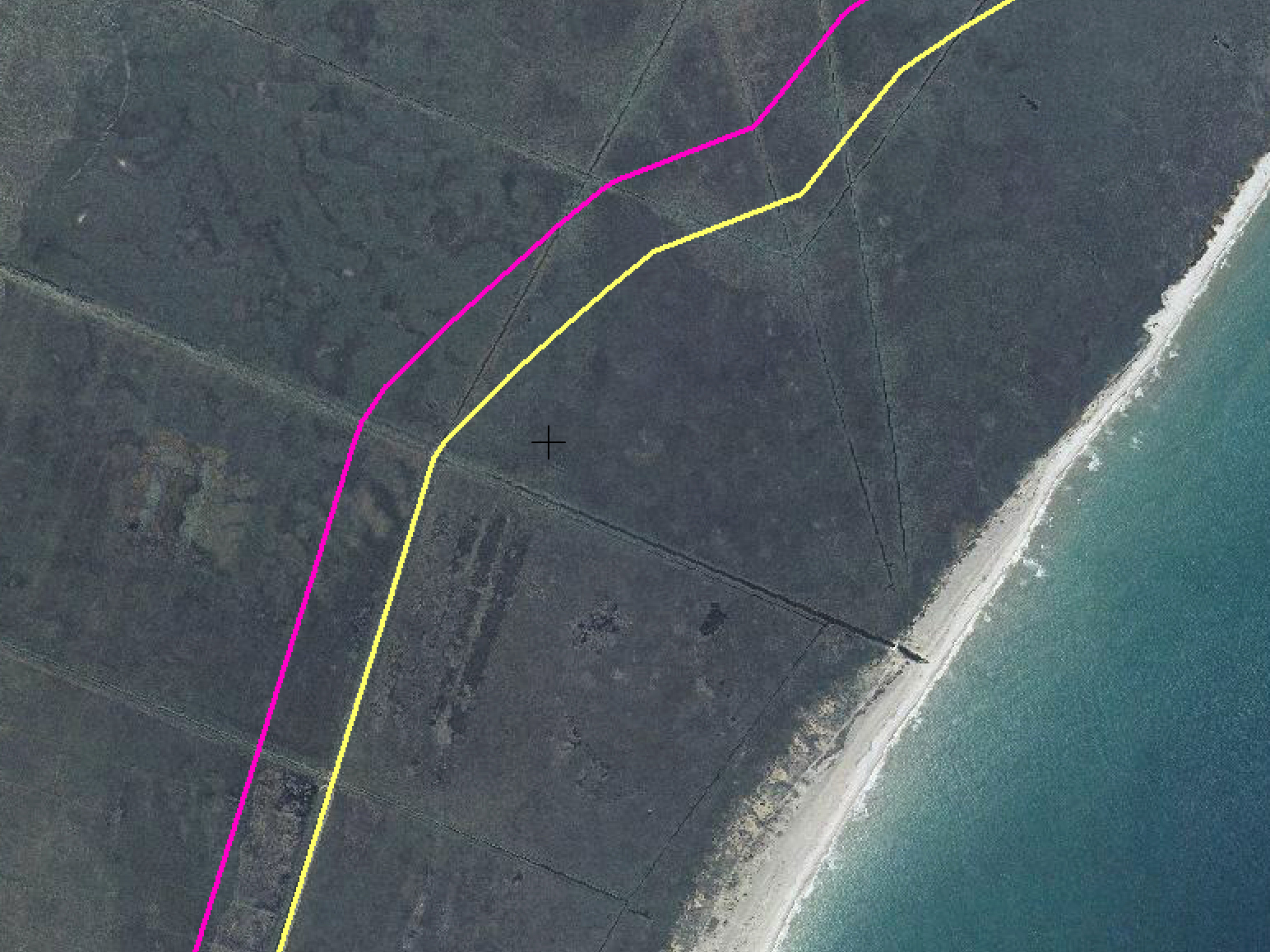Bonnie McCay, “The Littoral and the Liminal: or Why it is Hard and Critical to Answer the Question ‘Who Owns the Coast?’,” Marine Anthropological Studies 17 (2009): 8–9.
Ben Magec, Evaluación de la Utilidad y Cumplimientos del Observatorio Ambiental de Granadilla (Tenerife: Ecologistas en Acción Canarias, 2013).
Europa Press. “Greenpeace Echa en Falta a la Posidonia del Listado de Protección,” September 13, 2010, ➝.
Pilar Bello Bello, “Traslocación de Ejemplares de Pimelia canariensis desde la Zona de Obras del Puerto de Granadilla a la RNE de Montaña Roja,” Santa Cruz de Tenerife, December 27, 2010.
Philip E. Steinberg, The Social Construction of the Ocean (Cambridge: Cambridge University Press, 2001), 210.
Justinian in George M. Cole and Donald A. Wilson, Land Tenure, Boundary Surveys, and Cadastral Systems (Boca Raton: CRC Press, 2017); Lal Mohan Doss, The Law of Riparian Rights, Alluvion and Fishery (Bombay, London, and Madras: W. Thacker & Co, 1891), 34.
“Ley Orgánica 22/1988, de 28 de julio, de Costas,” Boletín Oficial del Estado, July 29, 1988.
The golden beach is now so ingrained in even the local imagination that residents have fought for the beach to keep its “natural” condition and not be built up. José Manuel de Cózar Escalante and Juan Sánchez García, “Planeamiento urbanístico y procesos sociales deliberativos: La playa de Las Teresitas en Santa Cruz de Tenerife,” in Toma de Decisiones Colectivas y Política del Suelo, ed. Juan Sánchez García (Teguise: Fundación César Manrique, 2004), 33–45.
TRAGSATEC, Estudio Técnico para la Justificación del DPM-T en la Playa de las Teresitas DL-210-TF (Santa Cruz de Tenerife, 2009), 48.
Ibid, conclusion.
Carlos Augusto França Schettini et al., “Observation of an Estuarine Turbidity in the Highly Impacted Capibaribe Estuary, Brazil,” Brazilian Journal of Oceanography 64 (2016); “Salinity,” Australian Online Coastal Information, ➝.
Climate changes will increase and accelerate transformations of these variables.
Jason C. Sharman, “Offshore and the New International Political Economy,” Review of International Political Economy 17 (2010): 1.
“Ley Orgánica 22/1988.”
Miguel Ángel Losada et al., “History of Coastal Engineering in Spain,” in History and Heritage of Coastal Engineering, ed. Nicholas C. Kraus (New York: ASCE, 1996), 465–466; “Longitud de la Línea de Costa Española por Provincias,” Instituto Geográfico Nacional, ➝; “National Coastal Length,” GEO-3 Data Compendium, ➝; “The World Factbook,” Central Intelligence Agency, ➝.
Lewis Fry Richardson, “The Problem of Contiguity: An Appendix of Statistics of Deadly Quarrels,” General Systems Yearbook 6 (1961), 139–187.
“Costas y Medio Marino,” Ministerio de Agricultura y Pesca, Alimentación y Medio Ambiente, ➝.
European Union, “Recommendation of the European Parliament and of the Council of 30 May 2002 Concerning the Implementation of Integrated Coastal Zone Management in Europe,” Official Journal L148, June 6, 2002: 24–27.
“Ley Orgánica 22/1988.”
Sentence A.N. 04-06-03. Recurso nº 0627/1999 (DL-42-Baleares).
